Mastering the art of field cutting – Part 1
March 27, 2025 at 6:00 p.m.By AEP Span.
Precision matters — ensure durability and aesthetics of metal panels with the right cutting techniques.
Field cutting metal panels is more than just a step in the installation process — it’s a crucial factor in the longevity, performance and visual appeal of a metal roofing or siding system. While factory cuts offer a standard level of precision, on-site adjustments are often necessary to fit unique roof conditions. The challenge? Choosing the right cutting methods to avoid corrosion, maintain warranties and ensure a clean, professional finish. AEP Span shares why understanding the science behind proper cutting techniques can mean the difference between a seamless, durable installation and costly long-term issues.
The importance of proper field cutting metal panels
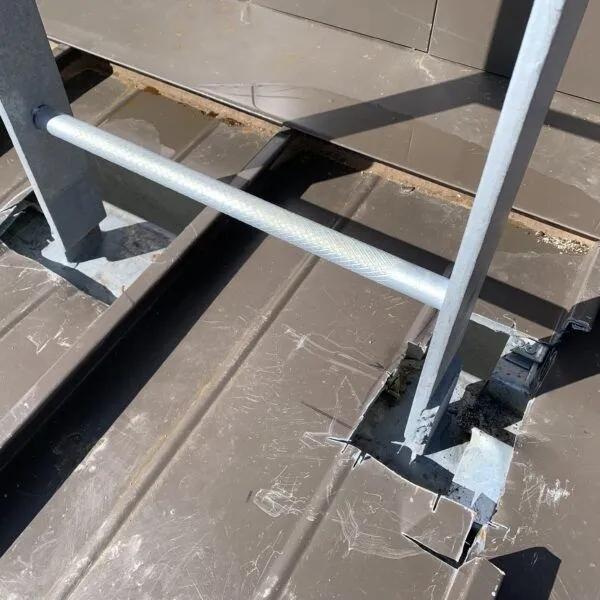
Field cuts are often necessary, as factory cuts may not work or be practical for certain transitions or roof conditions, such as hips, valleys, roof penetrations or a variety of other conditions that can exist on a roof. While factory cuts are precise, on-site cuts and adjustments are often required for proper installation. Improper field cutting, however, can leave exposed edges susceptible to unsightly workmanship or worse yet, corrosion at the cut edge of the material.
Risks of sawing & abrasive cutting
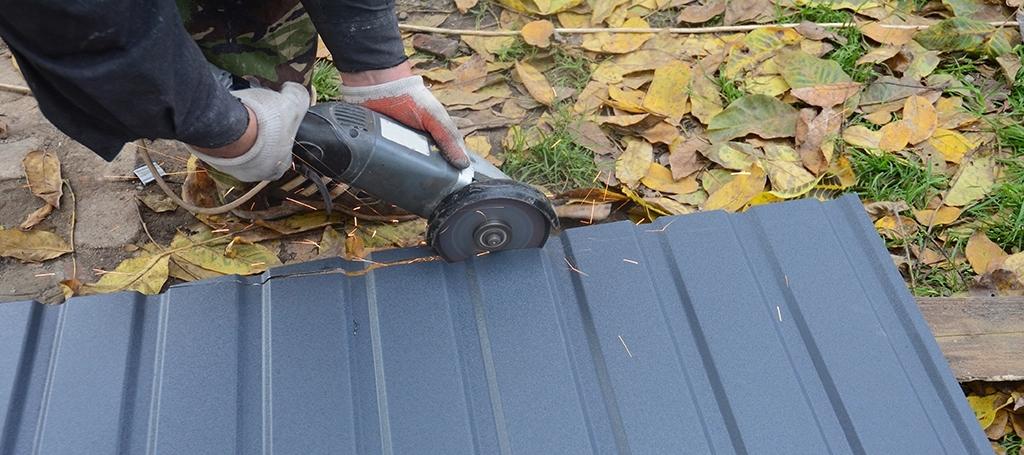
Factory cuts use specialized shearing processes, akin to the action of scissors, to ensure clean and precise edges. This method helps maintain the integrity of the protective coatings, such as ZINCALUME® which act as sacrificial layers to prevent corrosion. In contrast, sawing or abrasive cutting can leave jagged edges and produce heat that damages these coatings, leading to potential corrosion issues.
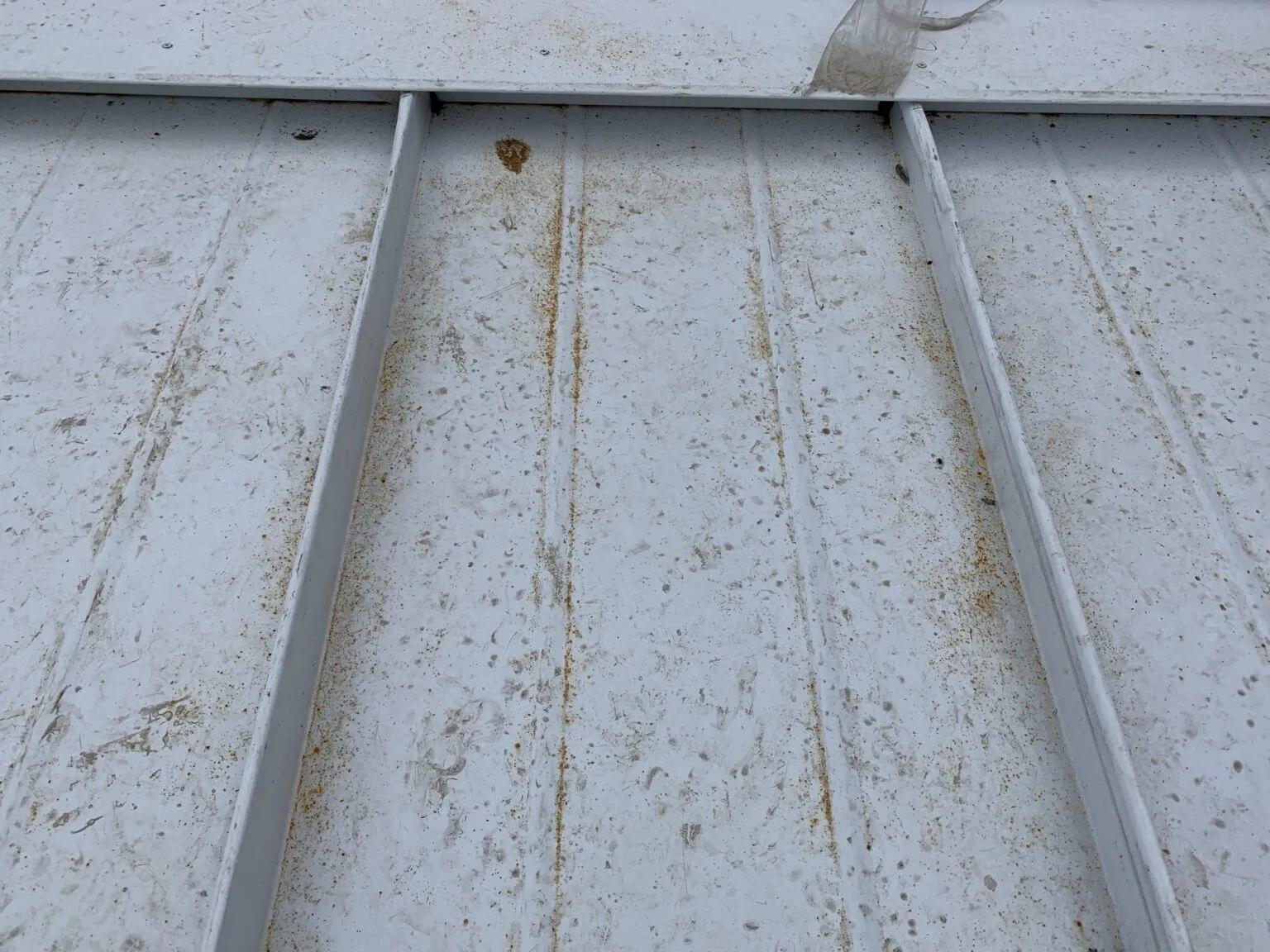
Abrasive cutting generates “swarf” (fine metallic filings and fragments). These tiny particles, often invisible to the naked eye, are unintentionally left on the metal surface. If left unchecked, they can corrode and cause rust stains, leading to permanent visual deformities on the metal product.
The two photos on the left show a metal panel being field cut using a grinding disk. The second photo shows the swarf left behind from a grinding disk on the metal panels that have corroded and stained the metal panels.
Recommended tools for field cutting
There are several reasons factory-produced panels require cutting on a job site. To maintain the quality and durability of AEP Span metal roofing & siding panels, we propose the following tools for field cutting:
Hand tools
The following hand tools are preferred as they utilize a clean shearing motion.
Aviation snips: For precise cuts, available in left, right and straight cutting versions.
Sheet metal shears: A heavy-duty, long-handled pair of metal cutting scissors with short blades.
Guillotine-style shearing blades: The most popular is a portable hinged device manufactured by Swenson Shear. It is commonly used to field cut corrugated or trapezoidal ribbed panels at right angles to the ribs. Swenson Shear also manufactures a portable field table for notching standing seam panel ribs.

Electrical power tools
Nibblers: Handheld oscillating punch-and-die tool that removes small pieces of metal. Note, when using this tool, it’s difficult to cut in a straight line and can be challenging to cut up-and-over standing seam or trapezoidal ribs.
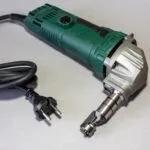
Power shears: Electric scissors that produce clean cuts with minimal burrs. This is a good tool to cut parallel to ribs or for cutting the flat pan of a standing seam panel, but it’s difficult to cut across a panel.

Using high-quality tools helps ensure clean cuts and reduces the risk of corrosion. To achieve the best results, tools should always be kept sharp and well-maintained. Improperly cutting prefinished panels on a job site can create severe performance issues. If an improper cut edge is exposed to weather, the cut panels can create corrosion and finish deficiencies that will compromise the material and paint finish warranties.
Make sure to read part two of this article series to learn more about best practices for field cutting metal panels and ensuring long-term durability through proper techniques and material selection.
Original article and photo source: AEP Span
Learn more about AEP Span in their Coffee Shop Directory or visit www.aepspan.com.





-2025-xtv-mls-tour-2.png)







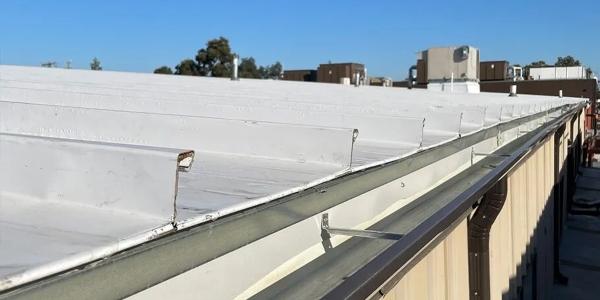
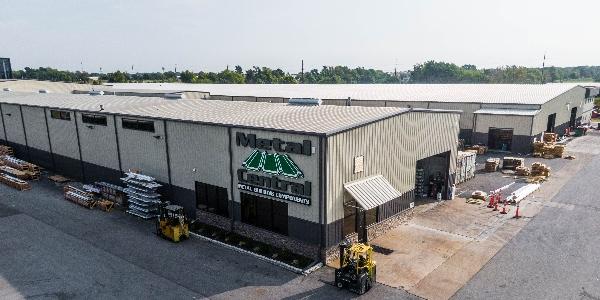
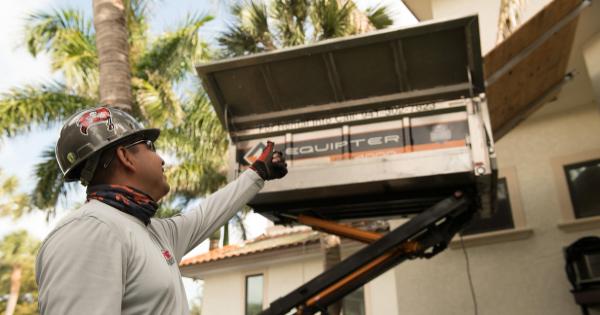





Comments
Leave a Reply
Have an account? Login to leave a comment!
Sign In